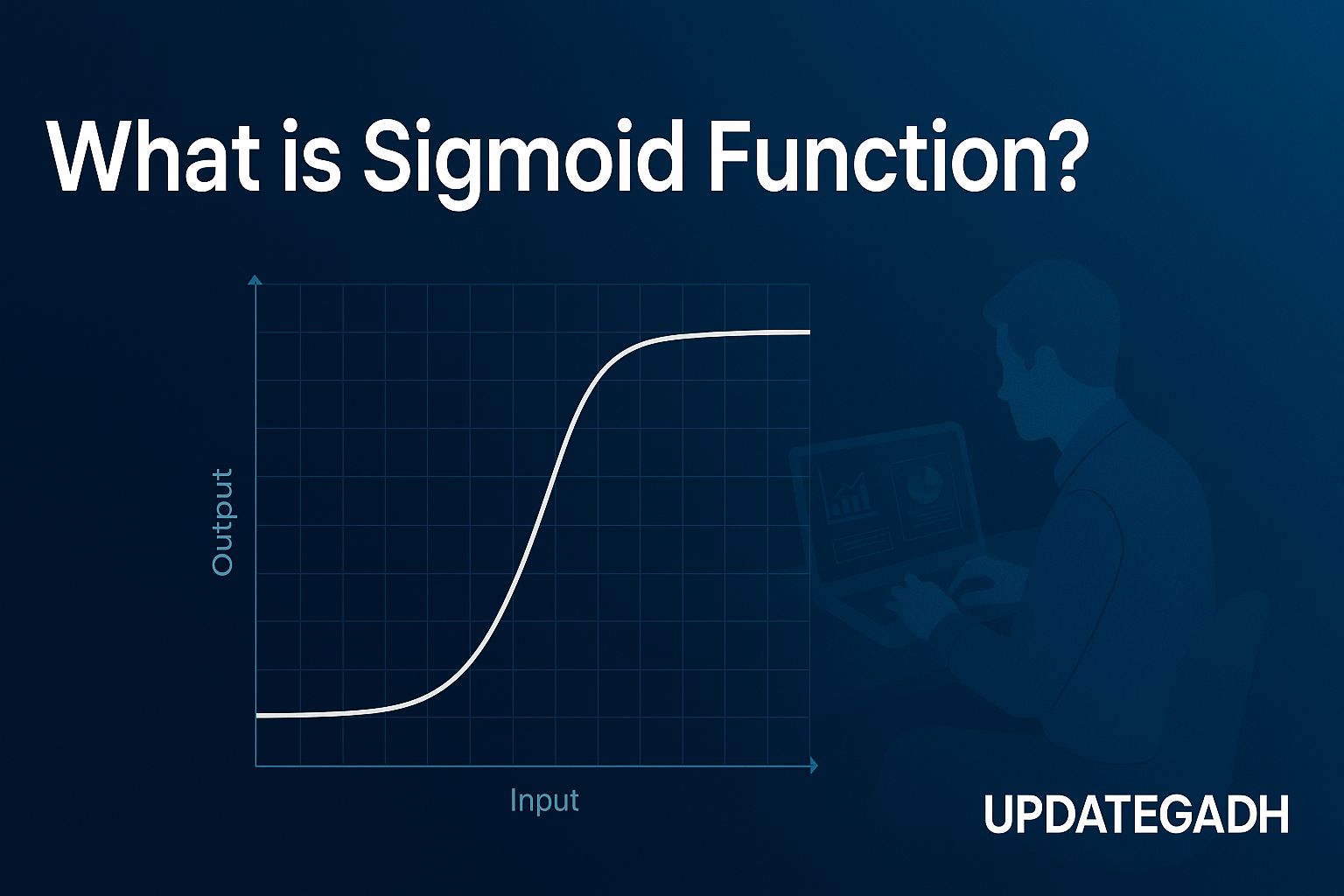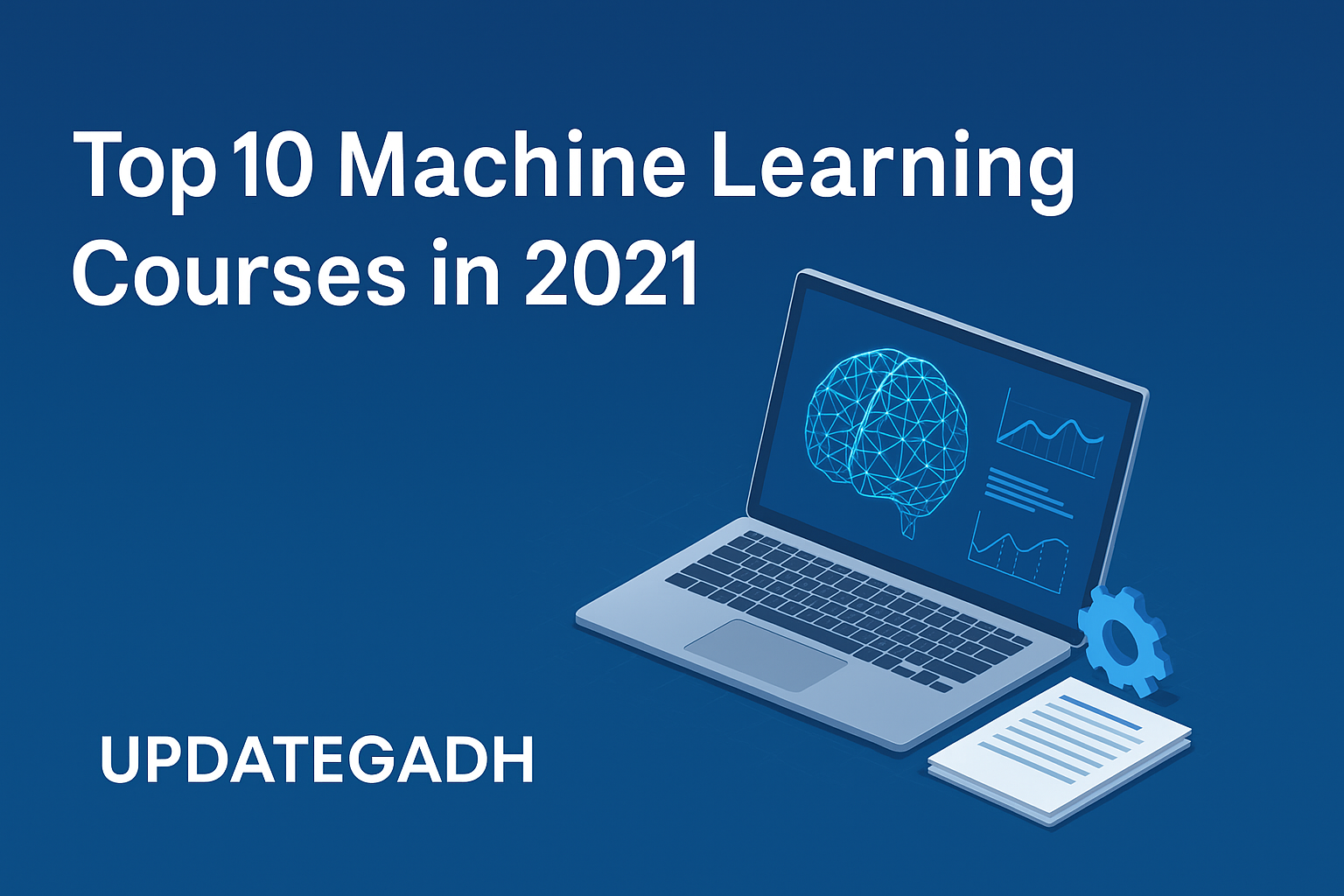
Gradient Descent in Machine Learning
Gradient Descent in Machine Learning
Gradient Descent is one of the cornerstone optimization algorithms in machine learning. Whether you’re working with linear regression or deep neural networks, gradient descent plays a vital role in reducing the difference between predicted outputs and actual values. By iteratively updating model parameters to minimize errors, this algorithm drives the learning process behind many AI systems.
In this blog post, we will walk through what gradient descent is, how it works, the significance of cost functions, the different variants of gradient descent, and the challenges that arise when using this optimization technique.
Complete Python Course with Advance topics:-Click Here
SQL Tutorial :-Click Here
Data Science Tutorial:-Click Here
📌 What Is Gradient Descent?
An iterative optimisation technique called gradient descent, sometimes known as steepest descent, is used to minimise a function. It was first introduced by French mathematician Augustin-Louis Cauchy in the 19th century.
In machine learning, we often aim to minimize a cost function, which measures the error between predicted outputs and actual values. Gradient descent helps us find the local (or global) minimum of this cost function by moving in the direction of the steepest descent—opposite the direction of the gradient.
Key Concept:
- Moving towards the negative gradient leads to a local minimum.
- Moving towards the positive gradient leads to a local maximum (this approach is known as Gradient Ascent).
🎯 The Role of Cost Functions
The gap between expected and actual values is quantified by a cost function. The error is represented by a single number that is returned. Our goal in machine learning is to reduce this inaccuracy as much as we can.
Cost versus Loss Function:
- The error for a single training example is calculated by a loss function.
- The average loss over the whole dataset is a cost function.
How is it used?
- The formulation of a hypothesis includes beginning parameters.
- The cost function is evaluated.
- Parameters are adjusted via gradient descent to reduce the error.
- This loop continues until convergence is achieved.
⚙️ How Does Gradient Descent Work?
To understand how gradient descent functions, let’s recall the simple linear regression equation: Y=mX+cY = mX + c
- m: slope (weight)
- c: y-intercept (bias)
Here’s the basic workflow:
- Start at a random point (initial weights).
- Calculate the slope (first derivative of the cost function).
- Update weights in the opposite direction of the gradient.
- Repeat until the cost function reaches its minimum value.
This iterative process is what allows models to learn from data.
🧠 Learning Rate: The Step Size
The learning rate (denoted by α) controls how big a step we take toward minimizing the cost function.
- Training can be accelerated by a high learning rate, but it may also exceed the minimum.
- While a modest learning rate guarantees accuracy, it may cause sluggish convergence.
Finding the right balance is key to building efficient and accurate models.
🧩 Types of Gradient Descent
There are three primary variations of gradient descent, each with unique trade-offs:
1. Batch Gradient Descent (BGD)
In BGD, the gradient is calculated over the entire dataset before each update.
Advantages:
- Stable convergence.
- Less noisy updates.
- Efficient when working with smaller datasets.
2. Stochastic Gradient Descent (SGD)
One training example at a time is used by SGD to update parameters.
Advantages:
- Fast for very large datasets.
- Requires less memory.
- Due to noisy updates, it is possible to avoid local minima.
Trade-off: Noisy gradients may cause fluctuations.
3. Mini-Batch Gradient Descent
Small batches of data are processed at a time using this hybrid approach (e.g., 32, 64, 128 samples).
Advantages:
- Combines stability of BGD with the speed of SGD.
- Efficient use of computational resources.
- Faster convergence in practice.
⚠️ Common Challenges with Gradient Descent
Despite its popularity, gradient descent isn’t without issues:
1. Local Minima and Saddle Points
- Local Minima: A point where the function has a minimum value in a local neighborhood but not globally.
- Saddle Point: A flat region with zero gradient in some directions. It can stall learning even if it’s not a true minimum.
These scenarios can hinder the model from reaching the global minimum.
2. Vanishing and Exploding Gradients
Primarily seen in deep neural networks:
- Vanishing Gradients: Gradients become too small to make significant updates—especially problematic for early layers.
- Exploding Gradients: Gradients grow too large, leading to unstable weight updates or NaNs.
Solutions:
- Use techniques like batch normalization, gradient clipping, or adaptive optimizers (e.g., Adam, RMSprop).
Download New Real Time Projects :-Click here
Complete Advance AI topics:- CLICK HERE
🏁 Conclusion
Gradient descent is a foundational technique in training machine learning models, enabling them to learn from data through iterative optimization. It helps models minimize error and generalize well to unseen data.
Whether you’re building a simple regression model or training a complex neural network, understanding how gradient descent works—and how to choose the right variant—is essential for any data scientist or ML engineer.
Key Takeaways:
- Gradient descent minimizes the cost function by iteratively updating model parameters.
- Learning rate is crucial for balancing speed and accuracy.
- Batch, stochastic, and mini-batch gradient descents each have unique strengths.
- Be mindful of local minima, saddle points, and gradient instability.
Stay tuned to UpdateGadh for more hands-on guides and deep dives into machine learning and AI fundamentals.
gradient descent formula
gradient descent in neural network
gradient descent algorithm
stochastic gradient descent
gradient descent solved example
gradient descent in linear regression
gradient descent example
gradient descent meaning
decision tree in machine learning
naive bayes in machine learning
gradient descent in machine learning with example
gradient descent in machine learning python
gradient descent in machine learning geeksforgeeks










Post Comment